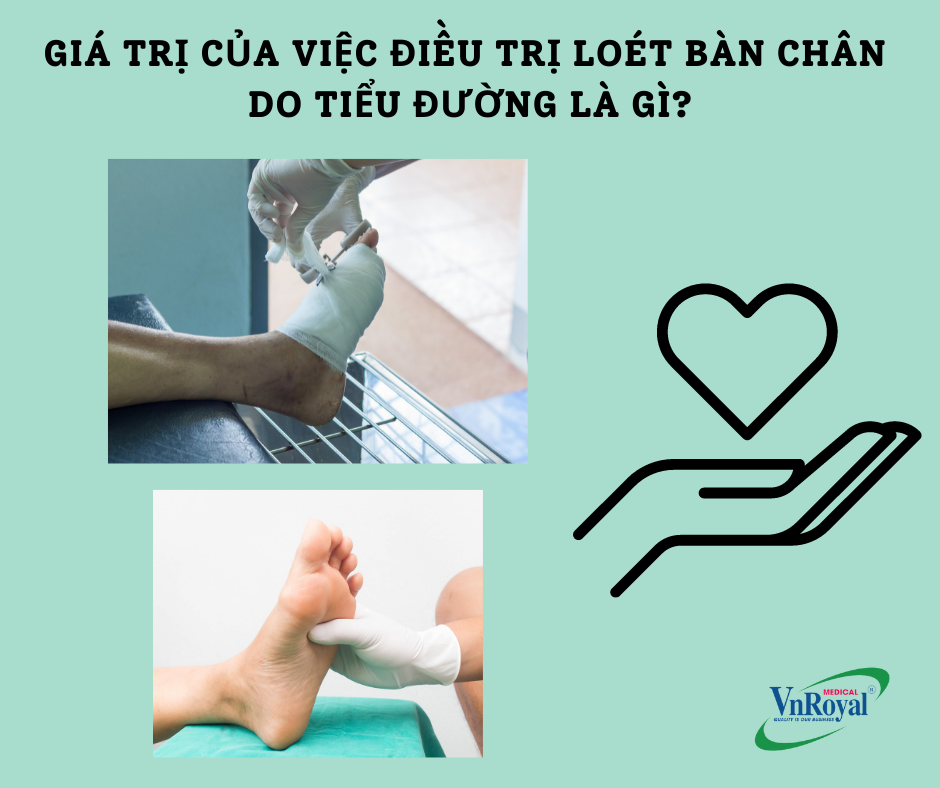Diabetic foot ulcers are slow healing wounds that appear on the feet of individuals with diabetes and can become a very serious health issue. Almost a quarter of all individuals diagnosed with diabetes will develop a foot ulcer at some point in their life.

1. Different Types of Diabetic Foot Ulcers
There are several types of diabetic foot ulcers, and knowing which type you have can help determine the most effective treatment. Neuropathic ulcers occur when nerve damage from diabetic neuropathy prevents the patient with diabetes from feeling pain from an injury. This allows the wound to progress before you are even aware of it, increasing the risk of infection. Ischemic ulcers may be caused by a lack of blood flow to the feet. These types of ulcers are often difficult to heal. Neuroischemic ulcers are the most difficult to heal and occur in individuals who have both neuropathy and poor circulation. Infected wounds occur in half of diabetic patients with foot ulcers, and require close medical attention. If you have diabetic foot ulcers, it is highly recommended that you are under the care of a podiatrist who can help you look after your wounds and prevent severe complications.
2. What Is Wound Care?
Wound care is the practice of taking proper care of a wound. This can range from the smallest to the largest of wounds. While everyone can benefit from proper wound care, it is much more important for diabetics. Diabetics often suffer from poor blood circulation which causes wounds to heal much slower than they would in a non-diabetic.
3. What Is the Importance of Wound Care?
While it may not seem apparent with small ulcers on the foot, for diabetics, any size ulcer can become infected. Diabetics often also suffer from neuropathy, or nerve loss. This means they might not even feel when they have an ulcer on their foot. If the wound becomes severely infected, amputation may be necessary. Therefore, it is of the upmost importance to properly care for any and all foot wounds.
4. How to Care for Wounds
The best way to care for foot wounds is to prevent them. For diabetics, this means daily inspections of the feet for any signs of abnormalities or ulcers. It is also recommended to see a podiatrist several times a year for a foot inspection. If you do have an ulcer, run the wound under water to clear dirt from the wound; then apply antibiotic ointment to the wound and cover with a bandage. Bandages should be changed daily and keeping pressure off the wound is smart. It is advised to see a podiatrist, who can keep an eye on it.
Multidex Gel is indicated in the treatment of diabetic foot ulcers thanks to its mechanism of both moisturizing the ulcer and healing the ulcer by a natural mechanism (with Maltodextrin and 1% Ascorbic Acid - Vitamin C). The product has been used by doctors in the US for more than 45 years in the treatment of wounds, ulcers, and burns.
Multidex® is available as a gel (for mild to moderate exuding wounds) and as a powder (for moderate to severe exudative wounds).
Multidex® creates an optimal moist environment that prevents the wound from drying out and is conducive to granulation tissue growth and epithelial proliferation. The ingredient Maltodextrin stimulates autolysis by attracting white blood cells that digest debris and bacteria through phagocytosis. Maltodextrin also attracts collagen-forming fibroblasts and promotes granulation tissue growth. Vitamin C creates an acidic environment in the wound by lowering the pH to 4.2. This supports bactericidal and bacteriostatic mechanisms against some aerobic/anaerobic, gram-negative/gram-positive bacteria. Vitamin C is also needed for collagen synthesis.